Discovering Brooklyn: Park Slope
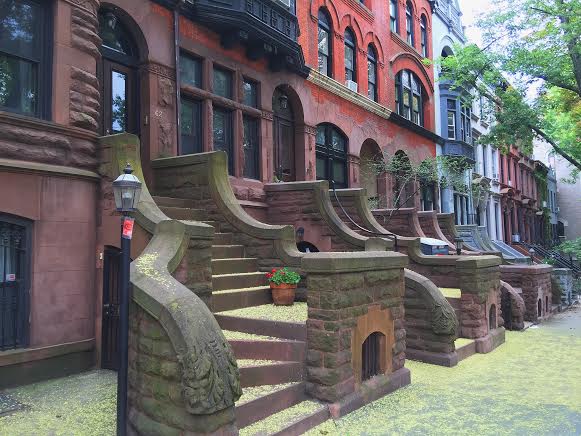


Picture this! The year is 1858 and General Egbert L. Viele, who had been the original chief engineer for Manhattan’s Central Park is dinning at the Litchfield mansion. The extraordinary thirty room Italianate villa with carriage houses and stables stood on high ground on what is now the east side of Prospect Park West between 4th and 5th streets.
Edwin C. Litchfield who owned the villa and about two hundred acres, had begun building up vacant land in the area. Viele looked around strategically at the property and suggested to Litchfield that the magnificent wooded slopes surrounding his house would make an ideal park for the people.
Litchfield agreed and soon began garnering political support for this exciting endeavor. However, the attack by the South at Fort Sumter on April 12, 1861 which marked the beginning of the Civil War put a temporary halt to that project. Viele’s proposed plan for a Mount Prospect Park was tabled as he volunteered to command the troops.
In 1865 the park’s design was handed over to British architect Calvert Vaux who had worked on Central Park with partner Frederick Law Olmsted. Together again, they created a better product, a 526 acre masterpiece that brought many people into the neighborhood.
Then a few years later on May 24, 1883, the Brooklyn Bridge opened to the public. This awesome suspension bridge over the East River connected the City of New York to the City of Brooklyn and helped to rapidly transform Brooklyn and dramatically increase Park Slope’s population.
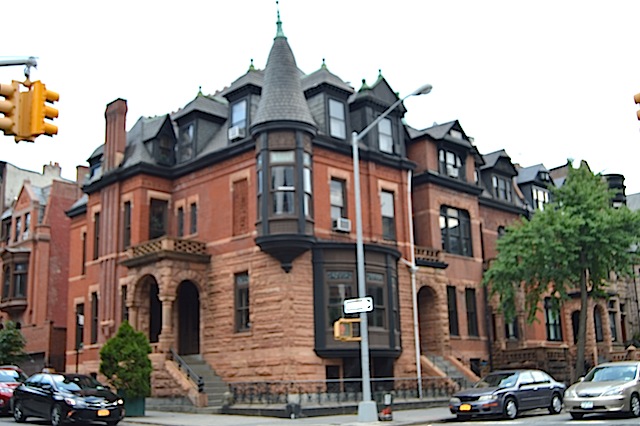
According to City-Data, the population of Park Slope is 43,918 and residents today are primarily white with a median household income of $98,213. Initially the Lenapes lived here in villages. In the 17th century the Dutch colonized the area using it for farming. Wealthy English families settled along the park and later Italian and Irish immigrants migrated to the Park Slope. By the 1930’s Black and Hispanics were moving in.
Park Slope geographically slopes from Prospect Park down to the Gowanus Canal and has Prospect Heights above it, Prospect Park and Windsor Terrace to its right, Boerum Hill and Gowanus to its left, and below it are the neighborhood of Sunset Park and Greenwood Cemetery.
As you walk around this neighborhood from 5th Avenue to Prospect Park West look at the variety of extremely beautiful homes, exquisite mansions, historic churches, and interesting shops. Visit Temple Beth Elohim, the acclaimed Berkely-Carroll School, and the Brooklyn Conservatory of Music.
This ingredient levitra without prescription also promotes testicular health, increasing sperm production and fighting disease with extra antioxidants.
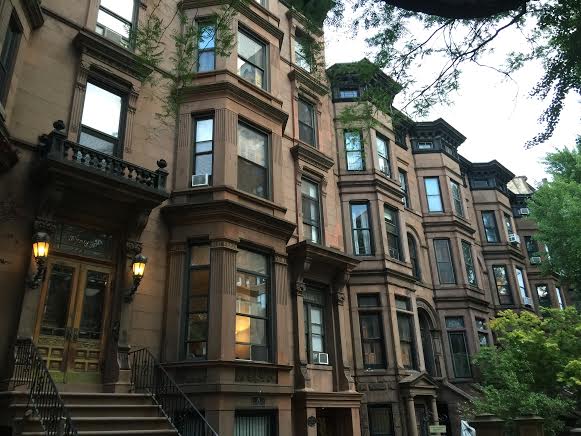
Another must see building is the Montauk Club. This fabulous Venetian Gothic located at 25 8th Avenue was an exclusive club that hosted several presidents and dignitaries.
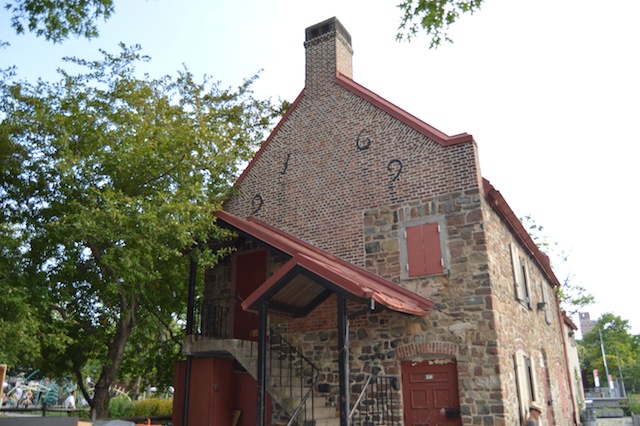
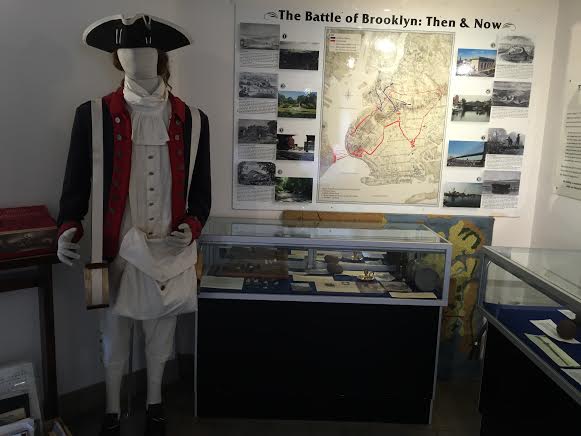
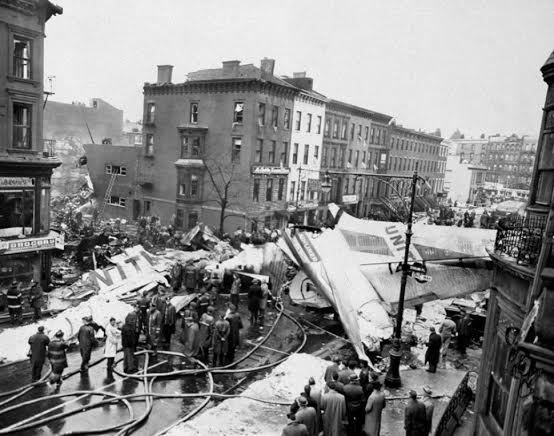
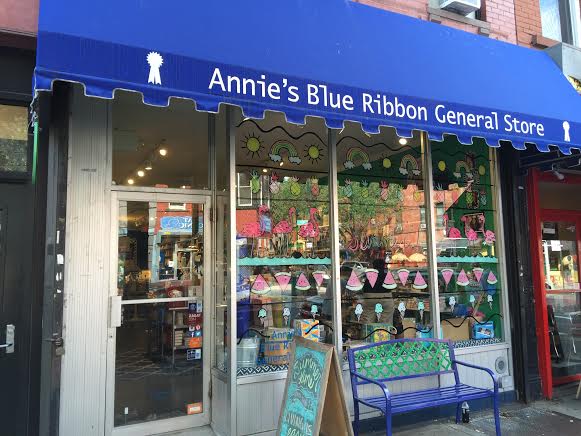
OM Gift Shop located at 152 5th Avenue sells gifts for mind, body, & soul. It is a quaint shop with a variety of crystals, minerals, jewelry, essential oils, and more.
In keeping with aligning one’s mind, body, and spirit check out Inner Fire’s Brooklyn location at 71 8th Avenue. Diane Paxton MS, LAc Principal of Inner Fire Integrative Health Services wants to help others remain healthy or regain health with colon hydrotherapy, acupuncture, Chinese herbs and Nutrition Response Testing. For more information visit Innerfirehealth.com.
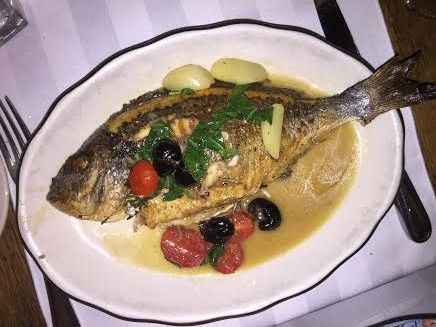
Before meeting you next month in Prospect Heights, OurBKSocial reminds you that it is Discovering Brooklyn Contest Time with fabulous prizes from BCakeNY, Elberta Resturant and Brooklyn Flavors! For details CLICK HERE.

Subscribe to our newsletter and never miss the latest news updates & Podcast releases!
